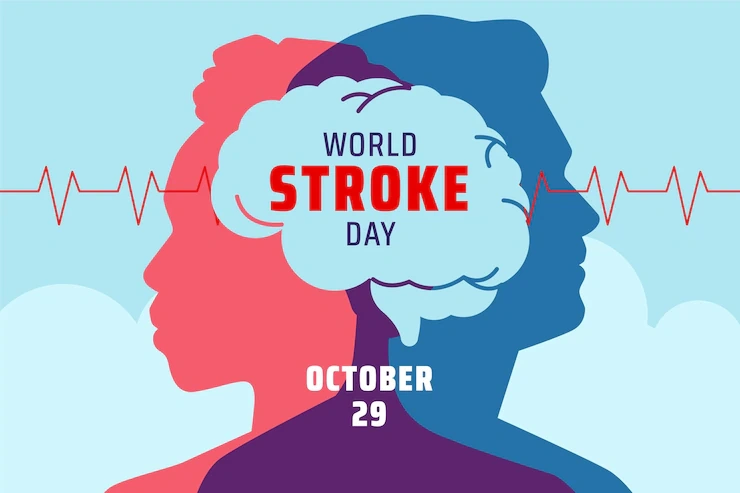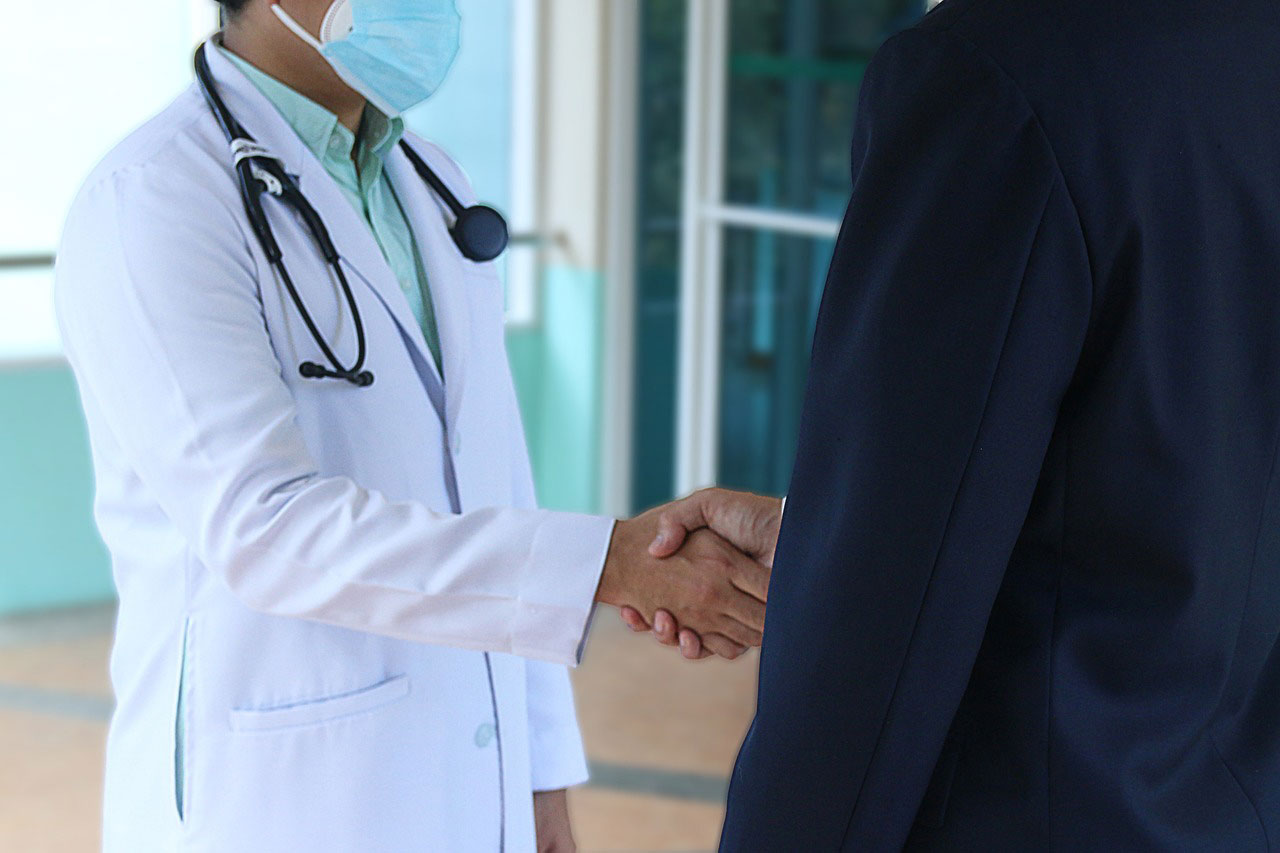Understanding Strokes: Causes, Symptoms, and Prevention for Healthy Aging
06-06-24
How do strokes occur?
We'll make it short and sweet. A stroke occurs when oxygen-carrying blood veins in the brain burst or get blocked.
When the oxygen is cut off, brain cells die, causing permanent damage. Strokes are a serious medical emergency that happens when the brain's blood flow is cut off. Elderly adults with irregular sleeping habits and frequent awakenings are prone to developing hardened blood vessels that can impair the flow of blood to the brain. Aging is the key factor contributing to an increase in the prevalence of stroke. Additionally, there are significant information gaps about stroke prevention and treatment in the elderly.
What are the symptoms of a stroke?
-
Face Drooping: When a person tries to smile, one side of their face appears drooped or numb, giving them a lopsided appearance.
-
Arm Weakness: The person's arm is weakened or numb. One sign can be the inability to extend both arms without one falling lower.
-
Speech: It's difficult to comprehend what the person is saying. They can't speak, or their speech is slurred.
Other signs to watch out for, according to the American Stroke Association, include sudden:
-
Numbness, especially on one side of the body
-
Confusion
-
Vision problems
-
Having trouble walking or losing your balance
-
Severe headache
Effects of Strokes
Right-hemisphere Strokes: These conditions commonly result in memory loss, vision issues, and paralysis on the left side of the body.
Left-hemisphere strokes: strokes that damage the left side of the brain but the right side of the body. They can result in paralysis, speech and language difficulties, memory loss, and even a sluggish behavioral pattern.
Cerebellar strokes, according to the National Stroke Association, "may result in aberrant head and torso reflexes, coordination and balance issues, dizziness, nausea, and vomiting."
Brain stem strokes: devastate the body because the brain stem regulates breathing rate, blood pressure, swallowing, hearing, speech, and heartbeat.
What are the various strokes that people experience, and how should you react if one occurs?
Different types of strokes
Ischemic Stroke
85 percent of strokes are ischemic strokes, which are brought on by narrow arteries that significantly restrict blood supply to the brain. Ischemic strokes are frequently brought on by blood clots that either form in the arteries leading to the brain or form in other blood vessels before moving on to the brain. Clots, which are caused by fatty deposits in the blood called plaque, are treated by blood thinning medicines.
Hemorrhagic Stroke
Hemorrhagic strokes result when arteries in the brain start to leak or bleed into the brain. This leakage drains into the brain, where it exerts harmful pressure on the brain's cells. Patients who have a ruptured blood vessel must undergo surgery to patch the vessel and remove the accumulated blood. The most common causes of ruptures are trauma, blood-thinning medications, hypertension, and aneurysms.
Transient Ischemic Attacks
These are also known as mini-strokes. TIAs are brought on by restrictions in your blood flow, similar to ischemic strokes, but the effects are just temporary. Even though they are less severe than other types of stroke, transient ischemic attacks can be just as fatal. TIAs should be taken seriously as a warning since up to one-third of all TIA victims will go on to have a severe stroke
How can you lower the chances of getting a stroke?
Despite these alarming figures, 80 percent of strokes can be avoided. Dietary and lifestyle modifications can lower your risk of getting affected by a stroke.
Reduce salt intake
A major risk is high blood pressure, so stay away from too much sodium. Consuming excessive amounts of salt raises blood pressure and stroke risk. A daily salt intake of no more than 2,300 mg (one teaspoon) is recommended.
With the help of an expert nutritionist, you can easily prepare a diet chart.
The American Heart Association recommends 1,500 mg, especially for people over 51 and those who have hypertension.
Reduce your intake of fatty foods
Trans fat is the worst fat offender and should be avoided at all costs. Although some trans-fat exist naturally, these are mostly man-made and are used by businesses to extend the shelf life of their products. Additionally, it is a significant risk factor for stroke, cancer, obesity, and heart disease.
Workout
Feel great. Look better. Live longer.
What could be bad about exercise? Additionally, you'll reduce your risk of having a stroke. Compared to non-exercisers, moderate-to-heavy exercisers had a 40% lower chance of having a quiet stroke.
These risk reduction strategies are great because they don't require major lifestyle adjustments.
Read more about the importance of a balanced diet for aging adults.
Whether you are searching for informative articles, or looking for healthcare providers, Healthywrinkles is an excellent resource for all your senior care needs. We also have a great compilation of all the medical expert talks for healthy aging on Healthy Wrinkle YouTube channel.
Disclaimer: Healthy Wrinkles does not recommend or offer any medical diagnosis, treatment, or advice. The information provided here is only for the awareness of disease or ailment among individuals, caregivers, and the public. The advice of doctors, licensed professionals, or therapists who are knowledgeable about your particular situation should always be sought before using the information provided here. It should also not be used in the event of a medical emergency or for the diagnosis or treatment of any medical condition. If you want urgent assistance, contact a qualified medical professional. Additionally, the information represents the author's views and not those of Healthy Wrinkles.




